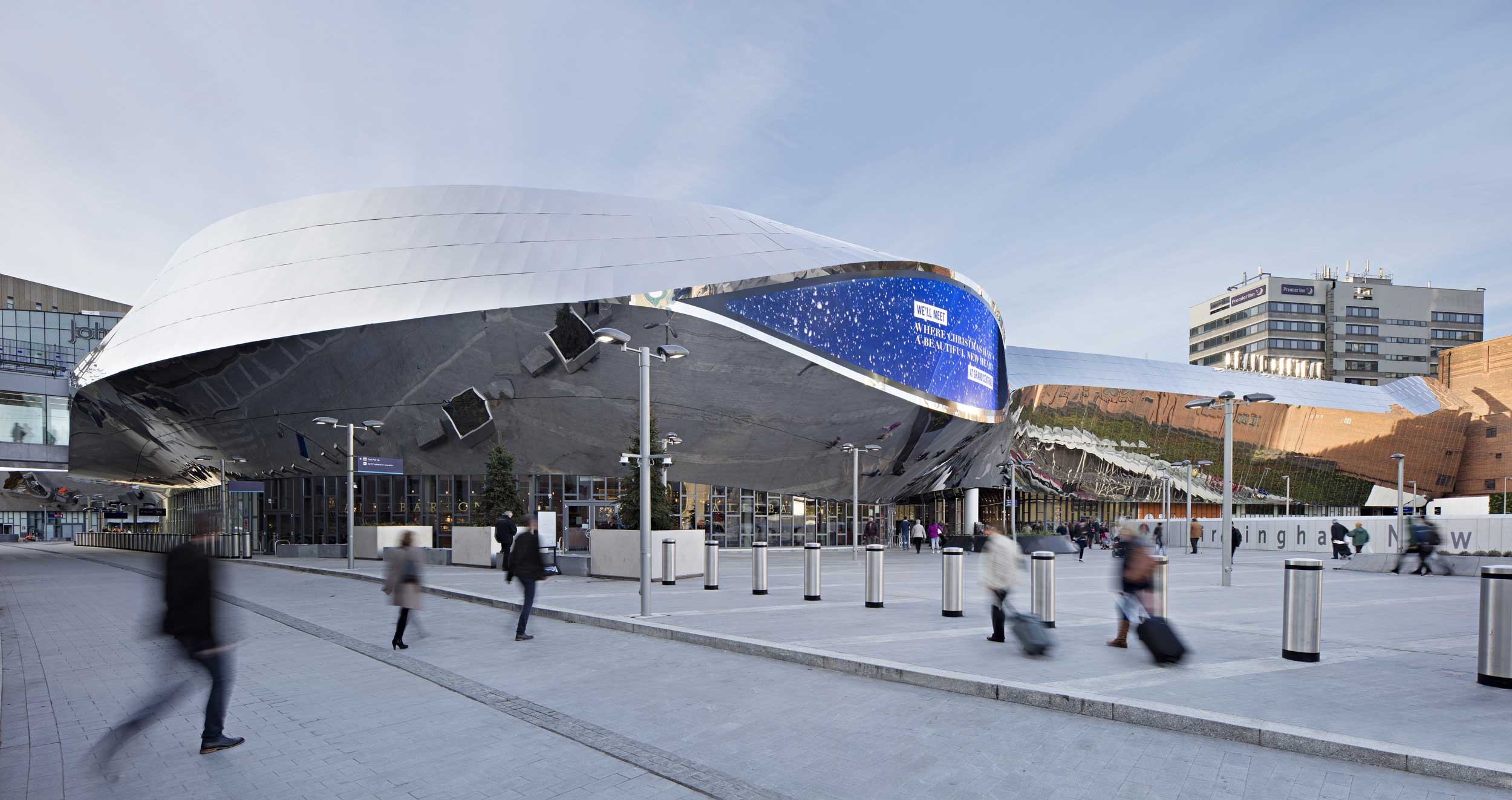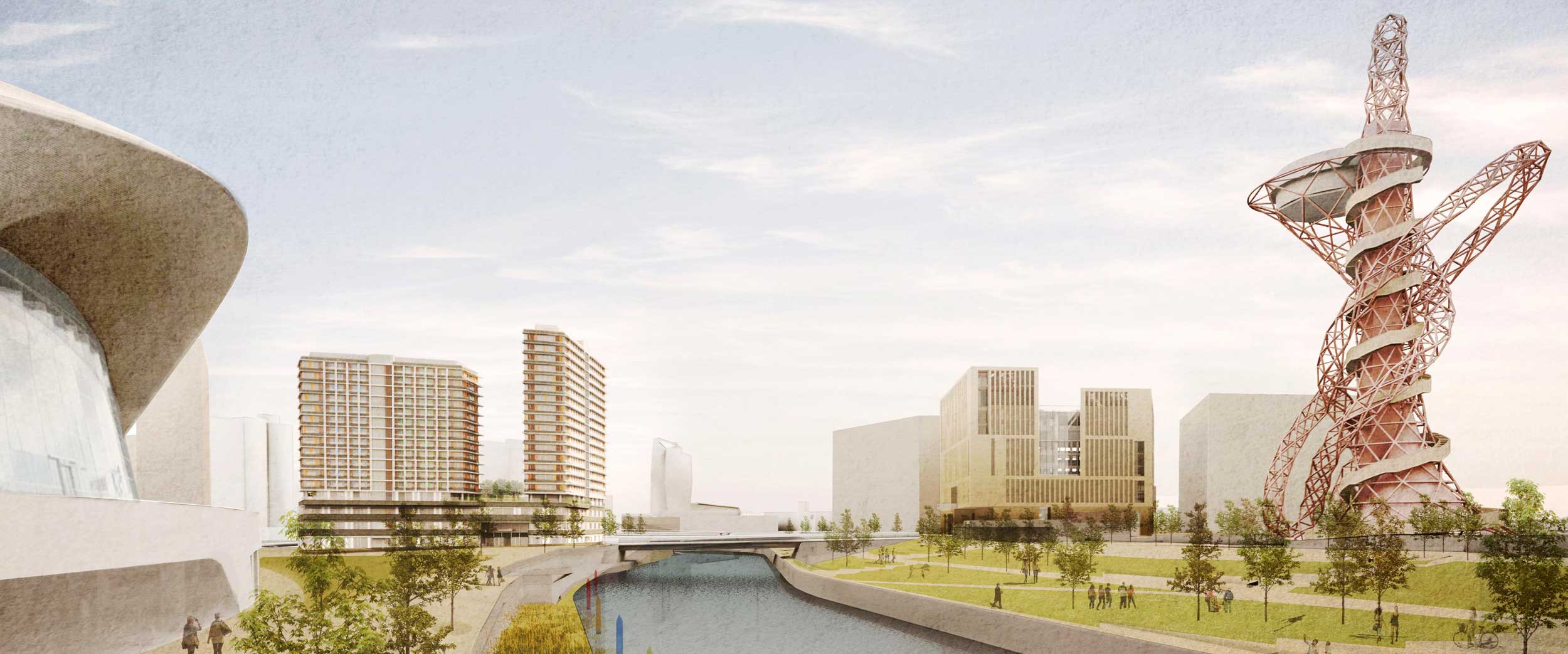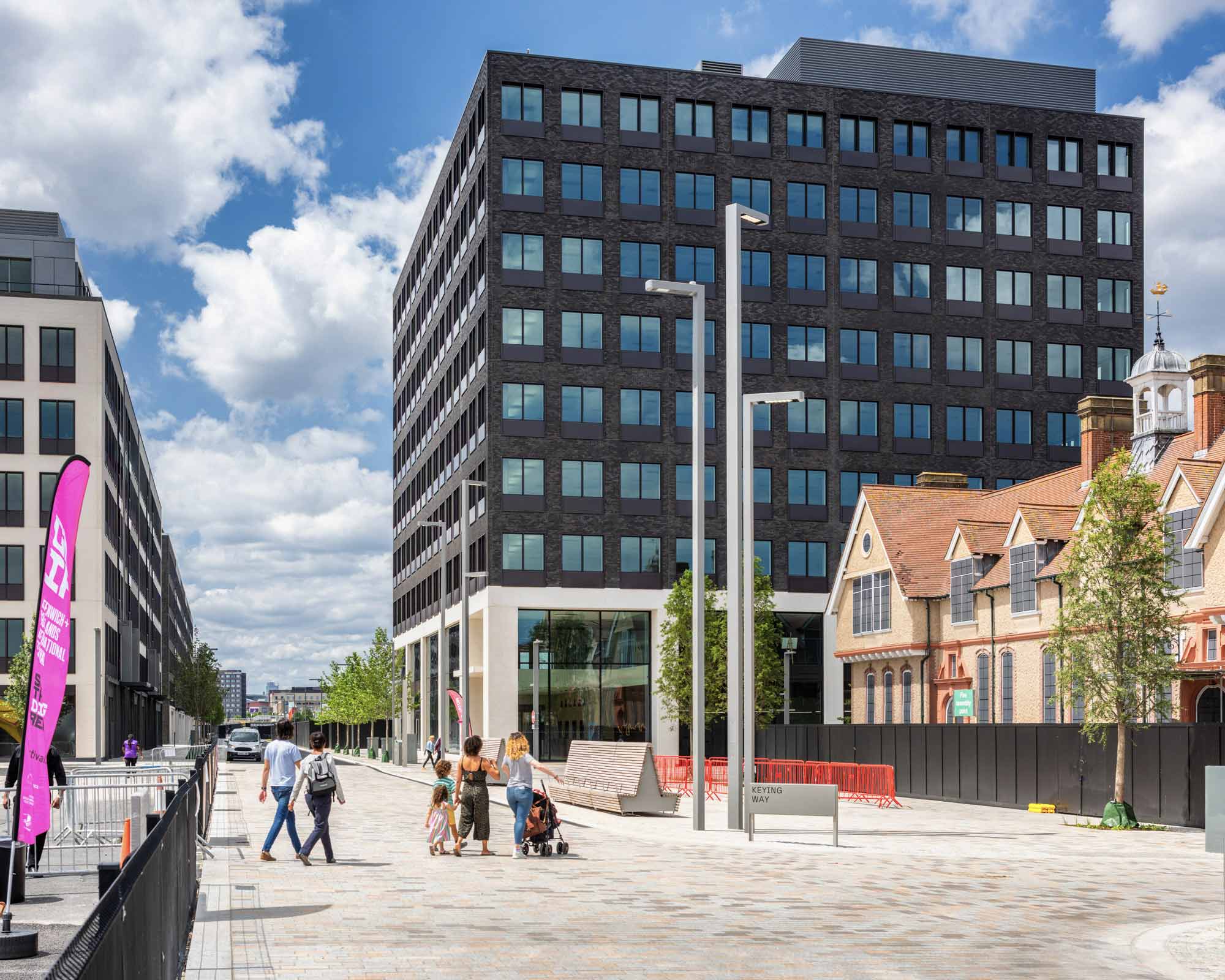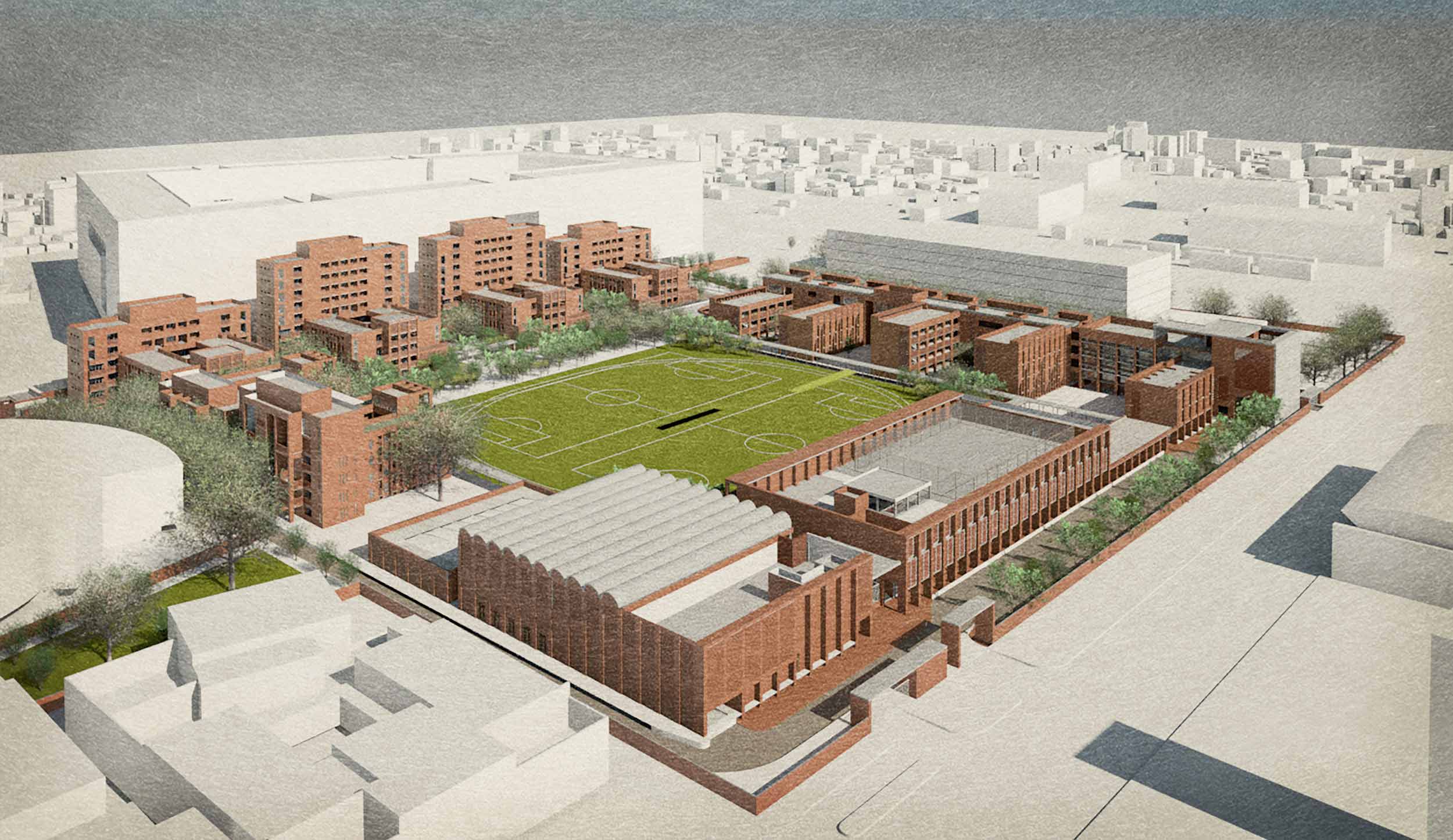In light of the COVID-19 pandemic, the UK Government has announced a £2 billion investment in cycling and walking. What does this mean for the built environment? Director of AKT II Transport Jonathan Rodger explains.
The government’s long-standing ambition has been to “make cycling and walking the natural choices for shorter journeys, or … part of a longer journey”. In the context of the government’s pre-existing ambition to deliver ‘better mobility’, ‘better safety’ and ‘better streets’ by 2040, it is welcoming to see this latest commitment of £2 billion being invested into cycling and walking. This commitment, while accelerated as a result of the COVID-19 pandemic, reflects an ambition and direction within the UK government that was there long before the recent shift in global dynamic.
Prior to the pandemic, the UK Department for Transport (DfT) strategy for walking and cycling (published in 2017) outlined this ambition for transformation, with a vision of change to tackle congestion; change which extends opportunities to improve physical and mental health; and change which supports local economies. This strategy presents a clear shift in focus, to create thriving high streets that support local employment whilst at the same time creating further opportunity by delivering streets that are accessible for people with visual or mobility impairment.

Birmingham New Street provides sustainable connections within the heart of city.
In recent months of 2020, the renewed push towards sustainable transport as a result of COVID-19 has led to the introduction of three cycling and walking improvement measures, which both tackle the pandemic and enhance sustainability more generally:
These strategies, and the timing chosen for their delivery, appear on paper to be logical and perhaps even arguably progressive; reallocating and reclaiming underutilised road space to aid people in moving safely and by more sustainable means, and doing so during a period where journeys by foot and cycle are likely to be higher, and so the propensity to change may well be greater.
As with the implementation of all new strategies however, the devil is in the detail. For the roll-out throughout England, the acceptance, design and indeed the strategy for implementation has not been as successful as many people would initially have envisaged. Several of these initiatives were removed as quickly as they’d been installed, with news outlets reporting conflicts of interest as contributing to many schemes’ reversal; explaining for example that the implementation of LTNs had created “bitter rows” in some local neighbourhoods.

With all constrained networks, a balance between the needs of the various user groups is key. If lessons are to be learnt from the implementation so far, then the imperative to understand the needs of local residents, and to engage with these needs from the outset, will be top of the list. With LTNs, the entire premise seeks to make it less convenient to drive locally, in order to encourage active modes, reduce traffic and promote people-friendly streets. The delivery thus becomes paramount in determining whether residents are happier and healthier, or instead inconvenienced and disengaged.
This newfound investment is a positive statement of intent from the UK government, and should be welcomed, especially when funding is in finite supply. It is crucial however to remember that investment is simply a component and catalyst for design, and not a complete solution.
Investment enables; it provides opportunities to create change and to improve the world we live in. It is only ever successful however if the delivery mechanisms, and the engineers and planners that are assigned to deliver the solutions, together adopt a holistic design approach that properly considers the local context.

Walkable neighbourhoods for the communities of tomorrow in Royal Albert Dock, London.
Thought, careful planning, and engagement from the outset are all required if the investment ambitions are to be realised. It is these steps that form the critical path to success; contextualising the environment within which the investment is planned. As transport planners, we have an opportunity to implement this understanding of local context in a way that engages with the public and ultimately becomes accepted by residents. The introduction of LTNs further encourages engagement with local people, allowing schemes to adapt to improve traffic flow, and thus allowing councils to retain and enhance LTNs by incorporating local feedback within the evolving designs.
This highlights that good design and engagement are fundamental to success. The design team must never lose sight of the end user, nor of the environment that they’re planning to change, and should at all times be able to explain to these users why the changes are being implemented and the benefits that such changes will create. This also highlights that engagement can be utilised to identify solutions for those who feel disadvantaged by the changes, for example those with higher car-dependencies. In these instances, identifying the cause for discontent may reveal a much simpler solution that prevents any need for removal of the scheme in its entirety.

AKA Dhaka creates a new community around a healthy vision.
At AKT II, we understand the complex relationships between what may initially seem to be competing objectives. We see these challenges as opportunities to develop a built environment for the users of tomorrow. Throughout our projects, we look to adopt a strong stance towards sustainable and active travel; maintaining access for vehicles while providing high-quality walking and cycling environments. In doing so, we seek to re-focus local areas to become liveable neighbourhoods rather than simply the end-destinations. As each scheme develops, we recognise the pivotal role of engagement with residents and the workforce population, to inform the strategy and delivery mechanisms.
This engagement will be crucial to achieving the visions and goals for the project – and those of its future users.
If you’d like to find out more about AKT II Transport’s work, click the link below.